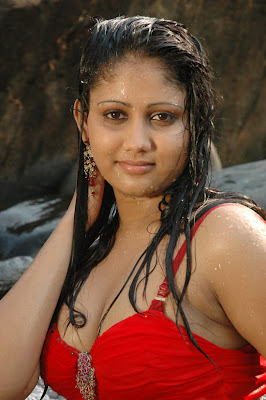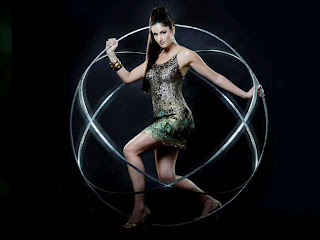Gear Types
* Bevel gears are intended to operate on axes that intersect, usually at a 90 degree angle, to work around corners.
* Differential gears link two shafts through a covering, forcing the total of the rotational angles of the shafts to be the same as the rotational angle of the covering.
* Helical gears have angled teeth to create a thrust load on the gears when they mesh. Car transmissions often have these.
* Herringbone gears conduct power and motion between non-intersecting, parallel axes that may or may not have a center groove, with each tooth making two opposite helices.
* Hypoid gears are similar to bevel gears but differ by operating on non-intersecting axes.
* Industrial gears are round mechanical components that have "teethed" circumferences, allowing them to interconnect with corresponding teethed gear wheels or parts; these gear pairs transfer/reverse motion, increase/decrease rotational speed and torque or sychronize axes.
* Metric gears are defined by the length in millimeters of the pitch circle diameter per tooth.
* Miter gears are bevel gears put together with equal numbers of teeth and axes that are usually at right angles.
* Planetary gears come sets of usually two, or more, that operate on or inside larger industry gears. Planetary gears make drastic gear ratios possible.
* Plastic gears are made primarily of plastic, sometimes with both metal and plastic components. These gears are generally cost effective and light; some are injection molded plastic gears.
* Rear end gears are bevel gears arranged into epicyclic configurations which transmit torque and rotation through three shafts.
* Spline gears contain a series of ridges on a driveshaft that even out rotation speed of the companion piece.
* Sprockets are gears with metal teeth that enmesh with chains.
* Spur gears are cylinder shaped gears that have both straight and parallel teeth and work on parallel axes.
* Straight bevel gears have straight teeth that radiate from a center point.
* Spiral bevel gears are similar to helical gears and have a higher potential load transmission compared to straight bevel gears, which is achieved by cutting the teeth in a curved shape.
* Worm gears have a curved and recessed throat that gives the worm access to the worm gear teeth. Usually they are made of bronze, iron or steel.
..
mworld
Attention Please !!
Publish Your Ad here !!
You can publish your ad on this website .
Just for nothing.
Contact by E-Mail for More.
You can publish your ad on this website .
na wallpapers highlights scroll !!
bid
Gear Types
Labels:
gears,
mechanical,
ofb,
ordnance factory board,
types of gears.
Subscribe to:
Post Comments (Atom)
.:: MyHeart ::.
nawallpapers
Latest NaWallpapers Releases
Publish your ad here !!
You can publish your ad on this website .
Just for free.
Contact by E-Mail for More.
You can publish your ad on this website .

























































.jpg)




.jpg)
.jpg)








.jpg)
.jpg)
.jpg)











.jpg)












.jpg)




































































.jpg)
.jpg)




























































































































































































No comments:
Post a Comment